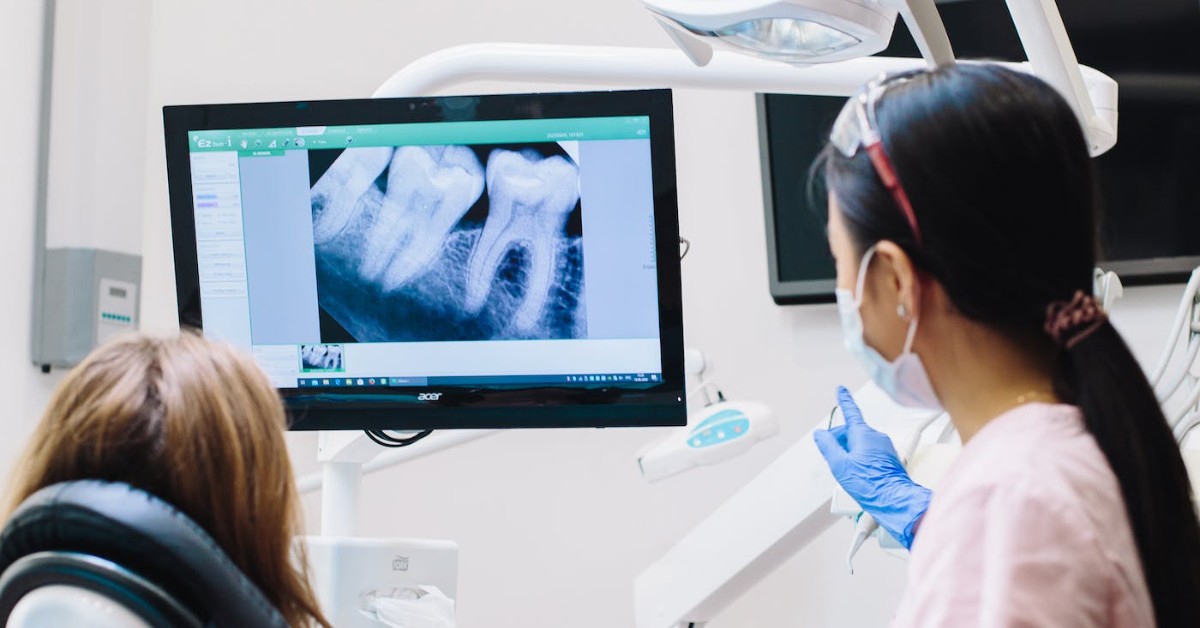Dental radiology plays a significant role in the diagnosis and treatment planning of dental conditions. With the advancements in technology, dental professionals now have access to a wide range of imaging techniques that provide accurate and detailed information about the oral health of patients. To ensure the safe and effective use of these techniques, dental radiology certification has become necessary for dentists and dental hygienists. To get more details about dental radiology certification, then you may navigate to this site http://gsdentalacademy.com/.

Image Source: Google
Enhanced Diagnostic Capabilities
Obtaining a dental radiology certification equips dentists and dental hygienists with the skills and knowledge required to interpret dental X-rays accurately. This allows them to identify dental problems that may not be visible during a routine oral examination. By using radiographic images, dental professionals can detect various conditions like tooth decay, periodontal disease, cysts, tumors, and other abnormalities in the teeth and surrounding structures.
Improved Patient Safety
A dental radiology certification ensures that dental professionals understand the principles of radiation safety and are familiar with the proper use of radiographic equipment. They learn how to minimize radiation exposure to patients by using appropriate X-ray techniques and positioning devices. By adhering to these safety measures, dentists and dental hygienists can protect their patients from unnecessary radiation exposure.
Enhanced Treatment Planning
With dental radiology certification, dentists and dental hygienists gain the ability to plan treatments more effectively. By analyzing radiographic images, they can assess the extent of dental problems and determine the most appropriate treatment options for their patients. This includes determining the need for dental restorations, extractions, orthodontic interventions, and periodontal therapies.